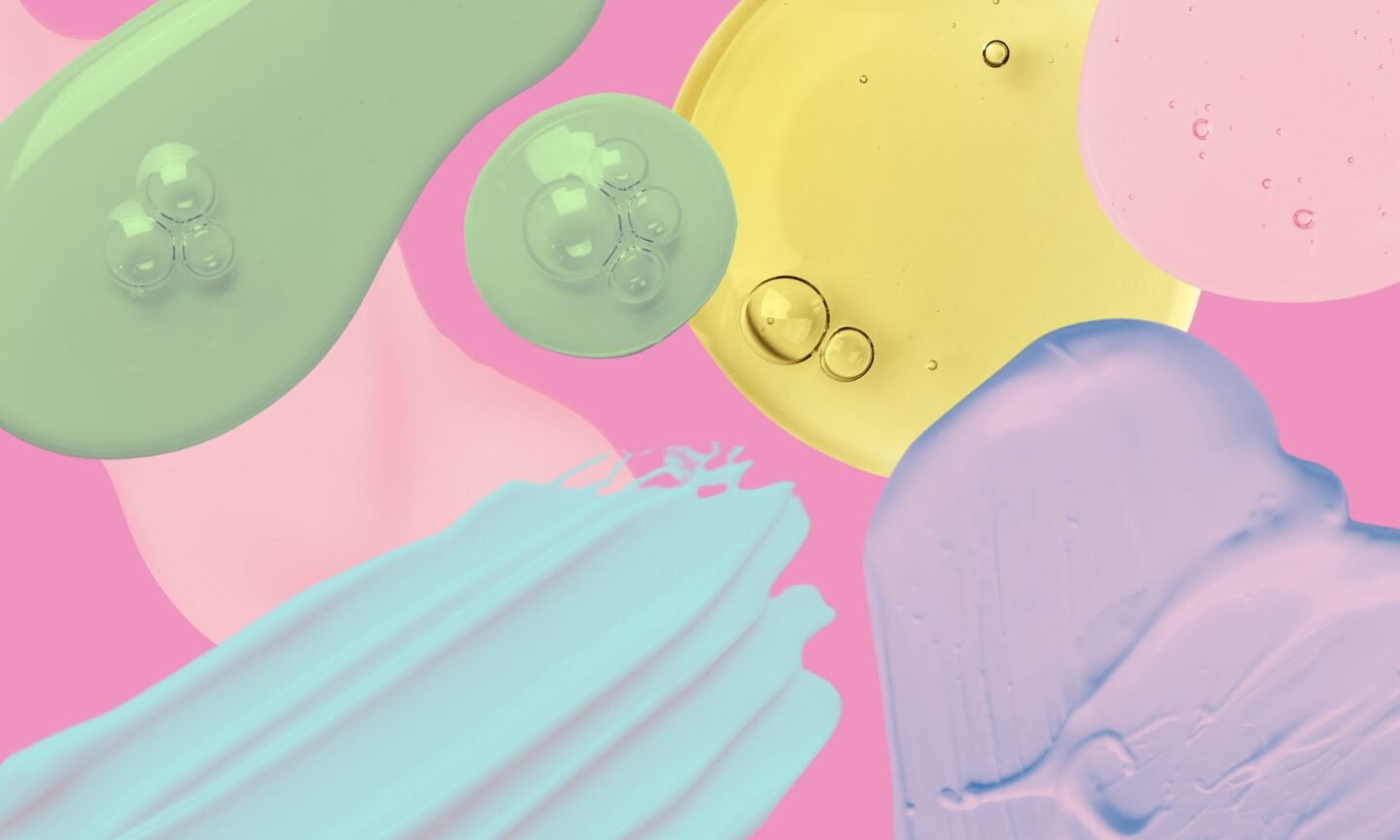5 Skincare Ingredients Experts Swear By

The beauty market is rich with ingredients that promise to repair, enrich, and transform our skin. Many of us are well-acquainted with the benefits of favourites like hyaluronic acid, niacinamide, vitamin C, and retinol. But beyond these popular actives lie a host of impressive ingredients that remain underrated or have yet to go viral.
To uncover some of these lesser-celebrated ingredients, we spoke with five beauty experts who revealed their favourite ingredient and explained why it deserves a place in every skincare routine.
Zinc
Kat Burki, founder and CEO of her eponymous skincare brand, considers zinc an indispensable ingredient. “It’s an essential trace mineral, which means our body does not produce it but requires it for production, like vitamin C, but only a little is needed,” she explains. “Typically, zinc for the skin is known for its sun-blocking ability, as it forms a barrier on top of the skin to protect it from UV rays. But both orally and topically, zinc does so much more for the skin!”
Burki highlights zinc’s healing properties as invaluable for addressing a variety of skin concerns. It regulates oil production, reduces inflammation — including redness, swelling, and conditions like acne and eczema — supports healing by promoting new skin cell growth, strengthens the skin barrier, and prevents water loss.
“Due to zinc’s remarkable anti-inflammatory and healing ability, researchers are exploring how to enhance its potential beyond its shielding and acne-reducing functions. Combined with Vitamin C’s antioxidant powers, it assists the body in producing collagen. Zinc and selenium prevent oxidative stress caused by free radicals,” Burki adds.
Glycolic Acid
According to Tina Randello, CCO of Alpha-H, glycolic acid is often underappreciated despite being a powerhouse skincare ingredient with a broad spectrum of benefits, making it an essential addition to any skincare routine.
Derived from sugarcane, glycolic acid belongs to the family of alpha hydroxy acids (AHAs). “Glycolic acid’s small molecular size means it is powerful in accelerating skin renewal by dissolving the bonds that hold dead skin cells together, resulting in enhanced luminosity and clarity,” Randello explains. “It is a widely studied ingredient and is clinically proven to stimulate the production of collagen and hyaluronic acid within the skin’s lower levels.”
Randello also highlights the importance of considering both the concentration and pH of glycolic acid, addressing a common misconception about the ingredient. She clarifies, “The concentration (%) of glycolic acid in a product is only part of the efficacy equation. Glycolic acid needs to be in its most active form to penetrate the skin’s oily outer surface (the stratum corneum). The lower the pH, the more active the glycolic acid, and the more effectively it can penetrate the skin.”
Argireline
“I love Argireline,” says Tina Meder, CEO of Meder. “It’s a great non-toxic alternative to wrinkle-relaxing injections that can reduce wrinkle depth by up to 30% with regular use.”
Argireline, a brand name for acetyl hexapeptide-3 (also known as acetyl hexapeptide-8), belongs to the peptide family. Peptides are short chains of amino acids that serve as the building blocks of proteins like collagen and elastin, which are essential for maintaining healthy, youthful skin.
According to Meder, over a decade of research preceded Argireline’s launch in 2002. “It is one of the best-researched peptides, with the first scientific publication on Argireline’s use in aesthetic improvements published 20 years ago,” she explains. “It has often been called ‘Botox in a bottle,’ but, despite its incredible scientific backing, it hasn’t been a buzzy ingredient until recently. I attribute this to factors like growing awareness of potential adverse side effects of wrinkle-relaxing injections, increased demand for non-invasive alternatives, and a renewed focus on the power of peptides.”
Argireline not only prevents the formation of dynamic wrinkles but also stimulates collagen production and enhances the skin’s ability to retain moisture.
Okra
Jess DeBruyne, Chief Product Officer at S’Able Labs, is a huge advocate for Okra, a distinctive African botanical ingredient with a rich cultural heritage. “Okra contributes to our patented HyperPrevent technology, which helps inhibit, prevent, and support the turnover of stagnant melanin, tackling the root causes of hyperpigmentation,” she explains. “Additionally, an oligopeptide complex derived from okra addresses both biological and mechanical factors, smoothing expression lines and offering a ‘natural Botox’ effect.”
DeBruyne notes that okra has long been valued across the African continent for its anti-inflammatory properties in cooking and its renowned skincare benefits. “This remarkable botanical not only lends formulas a silky texture but also effectively addresses hyperpigmentation by supporting the turnover of stagnant melanin.”
Bio-Succinic Acid
“Bio-succinic acid is set to redefine skincare in 2025,” explains Dimitra Davidson, founder of Indeed Labs.
Succinic acid, a naturally occurring compound derived from amber or sugarcane, is renowned for its powerful antioxidant properties that correct and protect the skin from free radical damage. In recent years, bio-succinic acid — a synthetic version of succinic acid — has been developed to provide enhanced availability, sustainability, and cost-effectiveness.
According to Davidson, bio-succinic acid is gaining recognition as a gentle yet effective alternative to salicylic and glycolic acids, capable of addressing a wide range of skin concerns. She elaborates, “From its ability to deeply hydrate and gently exfoliate to its potent anti-inflammatory and antimicrobial properties, bio-succinic acid offers a comprehensive approach to healthier, clearer, and more radiant skin. Its sustainable, eco-friendly production process perfectly positions it at the intersection of efficacy and sustainability.”